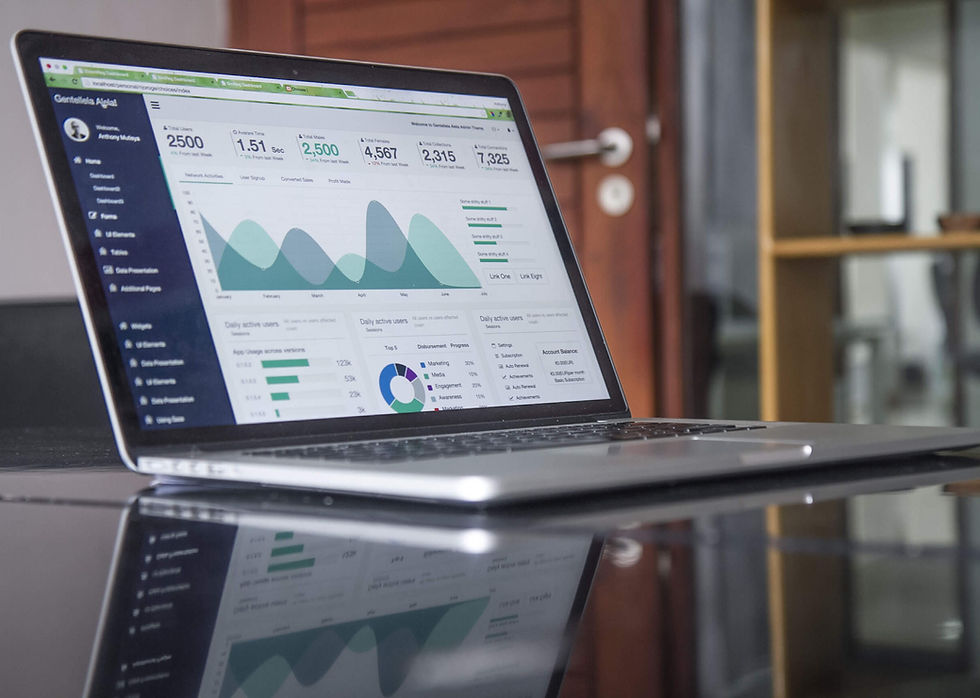Does Real-Time Monitoring help Retailers?
- Dayta AI
- Oct 29, 2020
- 3 min read
Updated: Dec 16, 2020

The COVID-19 pandemic has imposed extra challenges to many retailers. As numerous shops will remain closed for the foreseeable future, it is the providers of essential items, such as grocers and convenience stores, that have worked hard to remain open against the odds. Most notable challenge has been the requirement for staff, management and security teams to enforce social distancing regulations for customers, monitoring customers entering and exiting the store, and applying appropriate signage to direct customers once inside. While not foolproof, retailers have done what they could with the resources available.
The ability to successfully monitor customer movement and behaviour once inside will be a real challenge. While retailers’ efforts have been commendable, the customer data they have received has not always been timely or complete, and has resulted in some delays in safety measures from time to time. With pressure to ensure the health and safety of customers, and ensure full compliance with the necessary guidelines, many retailers are already considering the available better options to help them in the wake of a predicted second wave. The pandemic has taught the retail industry that it’s better to be prepared for every eventuality in an increasingly uncertain world, and those with the foresight are eager to source appropriate solutions.
Intelligent occupancy
Utilizing cloud technologies, specific tools have been developed to aid store managers and security teams, not just for immediate crisis management, but as they plan for the longer term too. Being able to determine, control and measure occupancy levels can prove to be invaluable in the transition from lockdown towards a ‘new normal’, and beyond. Understanding and being able to respond to occupancy data is another important part of delivering great service, resourcing tasks appropriately and creating a secure and positive shopping environment.
Through the use of sensors placed at entrances and exit points, a dedicated system can count the number of customers coming and going, calculating how many people are inside the shop at any moment. It also ensures GDPR compliance by performing a head count rather than identifying individuals. When combined with information from the instore surveillance system, managers and security teams can monitor customer movement around the store, to remind customers of the importance of maintaining a safe distance or issuing warnings to alert breaches of the social distancing regulations.
Health and safety over the longer term
With a greater need to be able to guarantee staff and customer safety, it’s also necessary to take a long term view of business decision making, in which data around store occupancy can play an important role. Occupancy data can be relied upon to prove that a store has taken appropriate measures with accurate customer counting, and video surveillance footage can provide documented evidence of full compliance. Customer limits can be set according to the size of the store, or other factors, ensuring that the system can be made bespoke and tailored specifically for each store’s requirements.
Occupancy data can also be combined in the cloud with the data from other devices employed in store, to produce powerful insights that can be used to produce business intelligence. The data from the customer monitoring system, for example, can be combined with data from surveillance cameras footage and access control system to gather information about customer behaviour and buying preferences to improve the customer experience. Another use could be monitoring operations for greater efficiency, for example, alerting staff when more checkouts need to be opened, or to better deploy staff around the store to meet business demand.
Remote monitoring in the new normal
In an environment where progress of returning to normal human interactions still remains slow, measures should be taken to ensure that only those personnel necessary for operations are on site. Monitoring operations can be managed virtually by personnel via tablet or mobile, without the need to unnecessarily enter the premises. Technology can revolutionise the norm which traditionally relies on management being very hands on, and enable key decisions to take place from a safe distance.
Monitoring occupancy generates insights that can lead to improvements in operations, security and safety. It can enable the retailers to comply with social distancing, together with optimising store performance more generally. While of great benefit in these changing times, intelligent occupancy should not be viewed purely as a tool for a crisis, but as a mechanism for encouraging the right behaviours at the right time. Greater visibility results in the ability to coordinate operations across stores and, ultimately, to serve the customer better, which is always the priority.
Cyclops is a retail analytics system that can help retailers generate insights into how their customers shop inside their stores. To understand more about how Cyclops can help retailers digitally transform their stores amid the COVID-19 pandemic, visit our website: https://dayta.ai



Comments